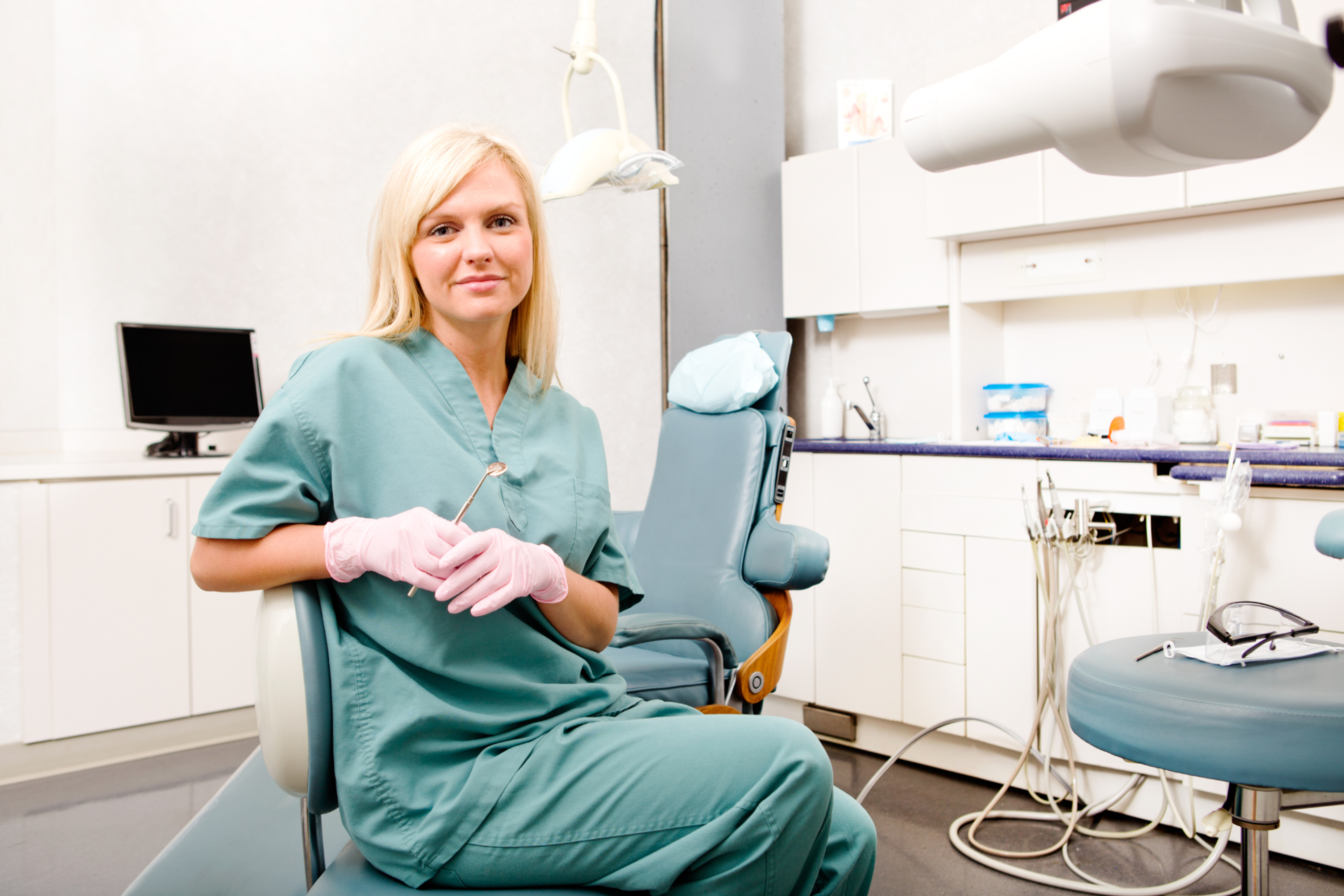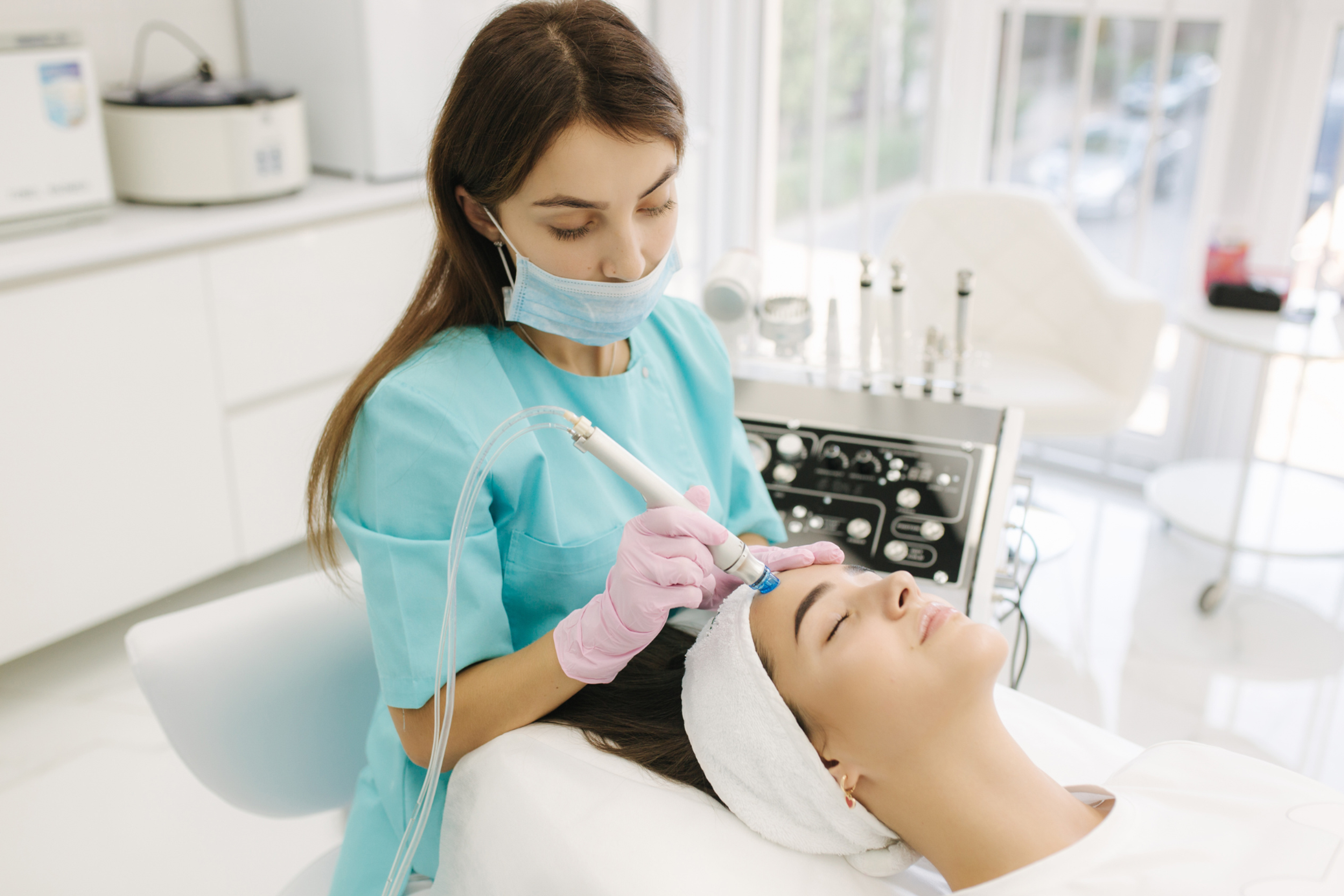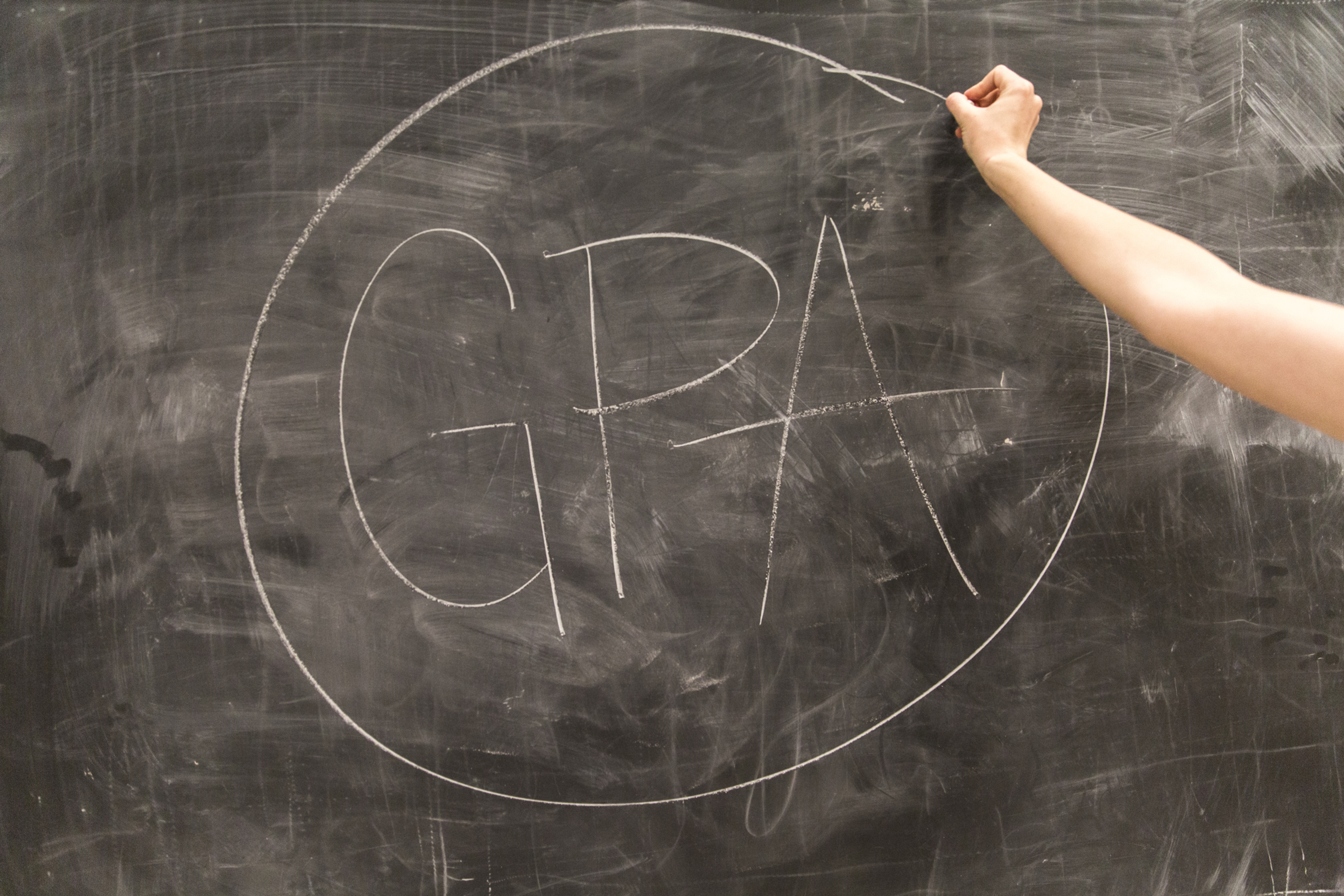The Best 5 Medical Schools in Montana
Discover the top 5 medical schools in Montana and kick-start your career in healthcare.
Posted June 26, 2025

Join a free event
Learn from top coaches and industry experts in live, interactive sessions you can join for free.
Table of Contents
Choosing the right medical school is an important decision for your future in healthcare. Individuals like the assistant clinical dean play a crucial role in overseeing clinical training and resources at these institutions. Montana offers several great options for students looking to pursue a career in medicine. Whether you’re interested in family medicine, osteopathic medicine, or nursing, the medical schools in Montana provide strong programs and hands-on experience to help you succeed. In this article, we’ll take a look at the top five medical schools in Montana and what they offer to students.
What is Medical Education in Montana?
Montana offers an array of medical education programs designed to meet the state’s healthcare needs, with a particular focus on rural and underserved communities. The schools below provide a strong foundation for students interested in family medicine, osteopathic medicine, nursing, and other medical careers. Whether you aim to become a physician or pursue another healthcare profession, Montana offers robust medical education opportunities. The assistant clinical dean is instrumental in ensuring that these programs meet the necessary standards for clinical training and resource allocation.
How to Choose a Medical School in Montana: Factors to Consider
1. Program Focus
When evaluating medical schools in Montana, it's essential to understand each school's program focus. Some institutions specialize in osteopathic medicine, which emphasizes a holistic approach to patient care and the body's interconnectedness. If you're interested in treating the whole person and learning techniques like osteopathic manipulation, schools like Rocky Vista University (with its Montana campus) may be a great choice.
Others may emphasize primary care and family medicine, which is a critical area of healthcare in Montana, especially in rural and underserved communities. If you want to focus on providing care to families and communities, seek out schools with a strong curriculum in primary care and ample hands-on training.
For students interested in public health, some schools offer dedicated tracks that focus on community health initiatives, healthcare access, and research. Schools like Montana State University (MSU) offer specialized programs for students who want to engage in community health and public health efforts.
2. Class Size and Acceptance Rate
Class size plays a critical role in your educational experience. Smaller medical schools often provide a supportive environment where medical students receive personalized attention from faculty members. If you prefer a setting where you can form close relationships with professors and get more hands-on guidance, schools with smaller class sizes will offer the personalized attention you desire.
Acceptance rates vary between institutions, with some schools offering more favorable odds for Montana residents or WWAMI students (students in the Washington school system who complete their first two years at a Montana campus). Look for schools that prioritize local students and have strong ties to the healthcare community in Montana.
Consider how well the school supports graduates in finding residencies, especially those focused on rural healthcare and family medicine. A school’s connections to local hospitals and clinics can significantly impact your career opportunities after graduation.
3. Tuition and Financial Aid
Tuition for medical education in Montana varies by institution and residency status. Many Montana medical schools offer affordable tuition rates compared to out-of-state schools. Additionally, the cost of attending is often offset by financial aid and scholarships for students pursuing careers in underserved communities.
Some schools, like Rocky Vista University, offer financial aid programs specifically for students interested in osteopathic medicine or those planning to work in rural health. If you're considering Touro College or other institutions that offer osteopathic programs, it’s essential to understand the tuition rates and available aid packages.
4. Clinical Rotations and Hands-on Training
Clinical rotations are a critical part of medical education that provides hands-on experience in real-world settings. The assistant clinical dean plays a pivotal role in coordinating these clinical rotations and ensuring that students receive comprehensive hands-on training. In Montana, many schools emphasize clinical training in rural areas, where students gain valuable insight into the challenges of providing care to underserved communities.
Look for schools with clinical rotations that allow students to work in a variety of settings, including hospitals, clinics, and primary care environments. Some schools provide clinical rotations as early as the first two years of study, offering students the opportunity to gain experience before they become fully licensed physicians.
5. Post-Graduation Opportunities
A key consideration when selecting a Montana medical school is the post-graduation support the school provides. Does the school have strong connections with residency programs in Montana or other areas? Consider how well the school prepares you to become a licensed physician or pursue family medicine roles in rural communities.
Many schools in Montana provide graduates with opportunities to stay in-state and practice medicine in underserved communities, which is particularly important for addressing the healthcare needs in Montana. Some programs offer mentorship programs, career counseling, and networking opportunities that can help secure positions with teaching physicians or in community health positions.
The 5 Best Medical Schools in Montana
Here are the top 5 medical schools in Montana, each offering unique programs that cater to aspiring healthcare professionals. Whether you're pursuing a career in family medicine, osteopathic medicine, or other healthcare fields, these institutions provide strong educational foundations.
| 5 Best Medical Schools in Montana | Acceptance Rate |
|---|---|
| University of Montana School of Medicine | 95% |
| Montana State University College of Nursing | 73% |
| Montana State University Billings Health Sciences Programs | 100% |
| Montana Technological University (Montana Tech) Pre-Health Program | 89% |
| University of Montana-Western Health Sciences Program | 36% |
1. University of Montana School of Medicine
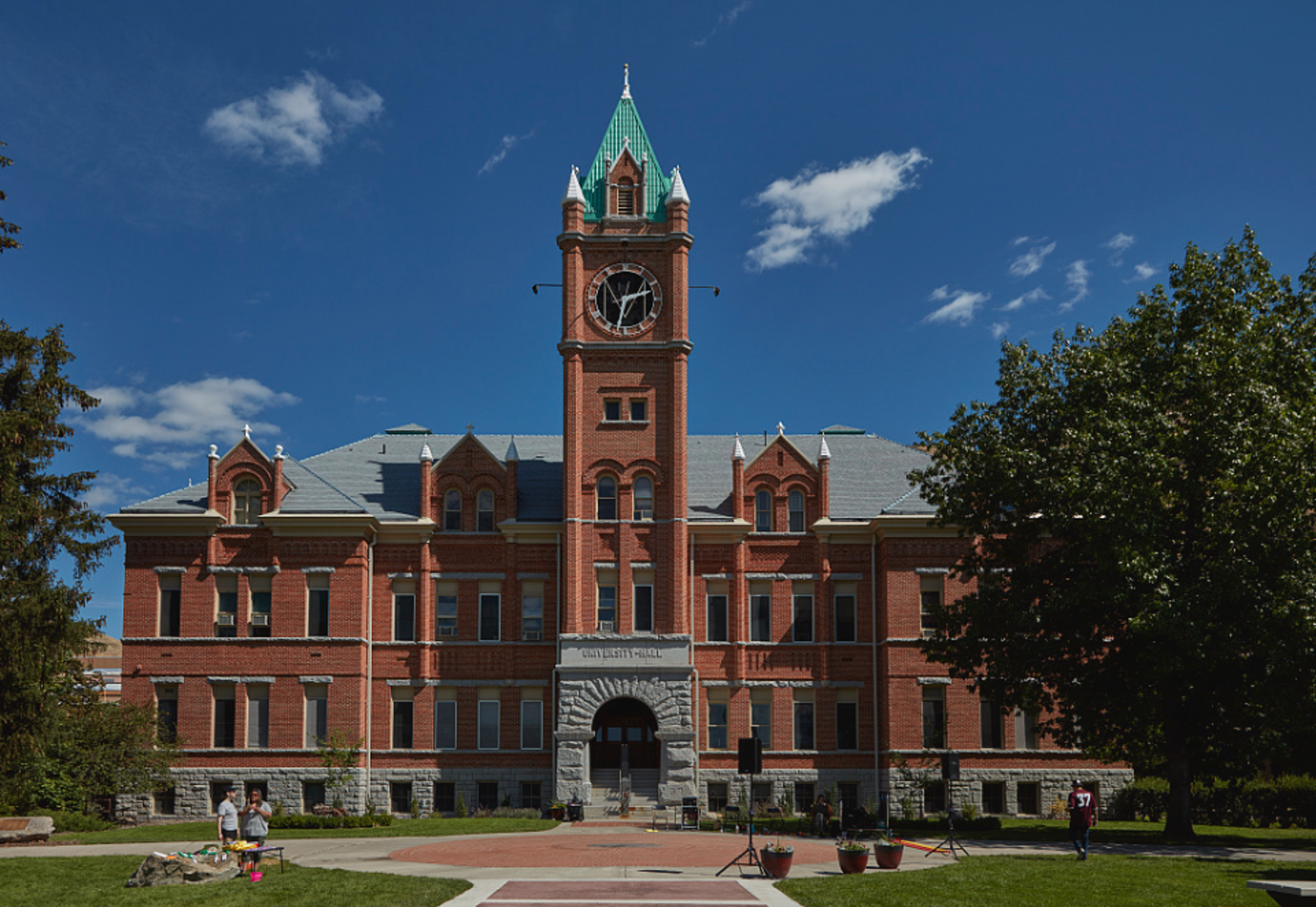
Location: Missoula, Montana
| Acceptance Rate | 95% |
| Graduation rate | 46% |
| Average aid awarded | $5,645 |
| Tuition | In-State: $31,500 per year, Out-of-State: $54,000 per year |
Application Information:
- Application Deadline: November 1, 2024
- Requirements: MCAT scores, 3 letters of recommendation, personal statement, clinical experience
Example Courses:
- Primary Care & Family Medicine
- Rural Health
- Public Health & Epidemiology
- Clinical Rotations in Rural Settings
- Medical Research and Community Health
The University of Montana School of Medicine is recognized for its strong commitment to preparing students for rural healthcare and primary care medicine. With a focus on public health and community service, the curriculum combines rigorous classroom instruction with extensive hands-on clinical rotations. It’s an excellent choice for students who aim to work in rural and underserved communities.
The assistant clinical dean at the University of Montana School of Medicine is responsible for overseeing clinical training and ensuring that students have access to the necessary resources.
2. Montana State University College of Nursing
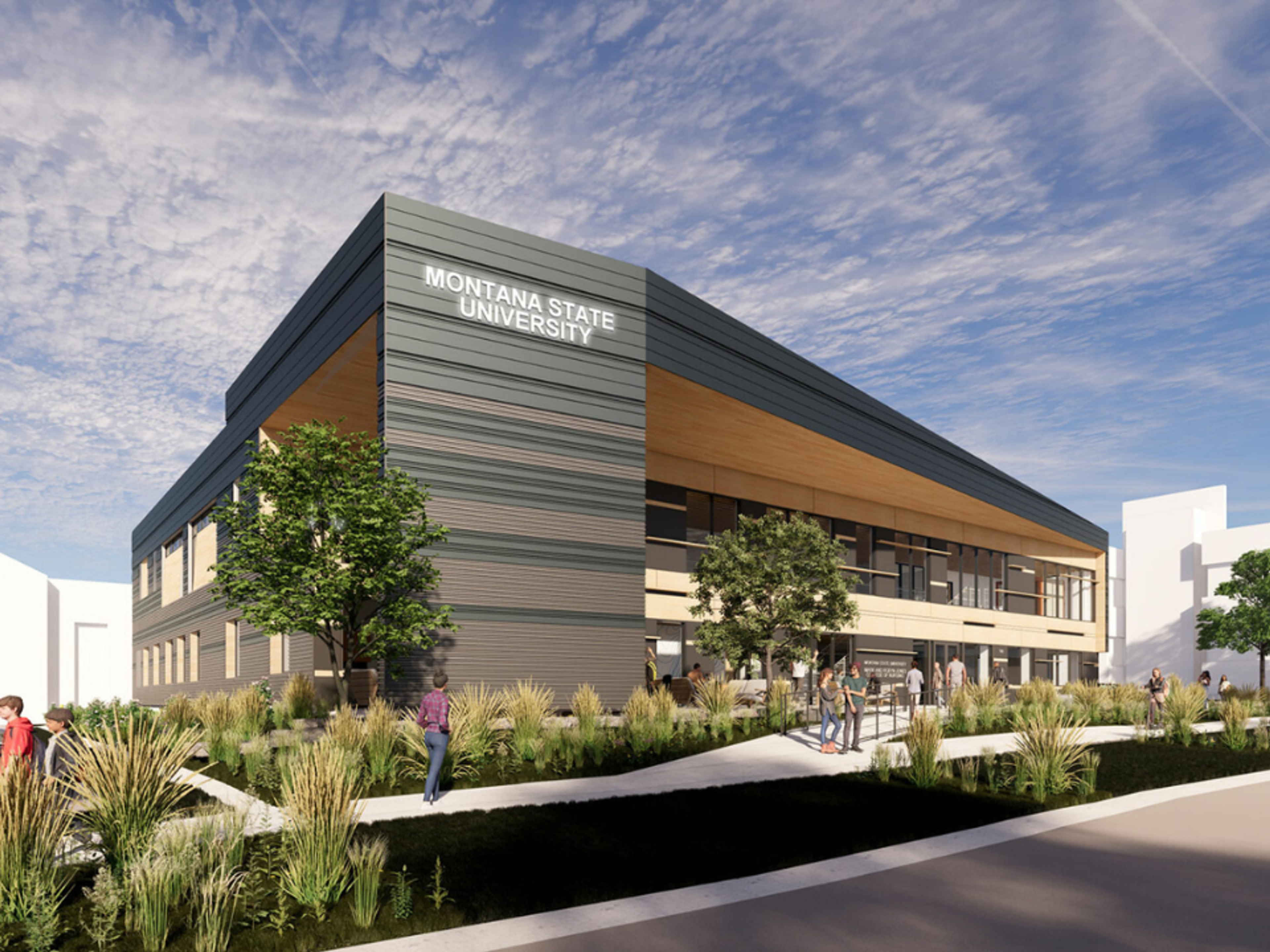
Location: Bozeman, Montana
| Acceptance Rate | 73% |
|---|---|
| Graduation rate | 57% |
| Average aid awarded | $5,749 |
| Tuition | (In-State): $12,000 per year, (Out-of-State): $23,000 per year |
Application Information:
- Application Deadline: May 1
- Requirements: Nursing prerequisite courses, letters of recommendation, personal statement, and clinical experience
Example Courses:
- Advanced Nursing Practice
- Rural Healthcare
- Pediatric & Family Care
- Clinical Research and Evidence-Based Practice
- Healthcare Policy and Advocacy
Montana State University College of Nursing provides rigorous nursing programs that equip students with the skills needed to serve in Montana’s healthcare system. The program emphasizes hands-on clinical training in community-based settings, preparing nurses to take on vital roles in both urban and rural healthcare environments.
3. Montana State University Billings Health Sciences Programs
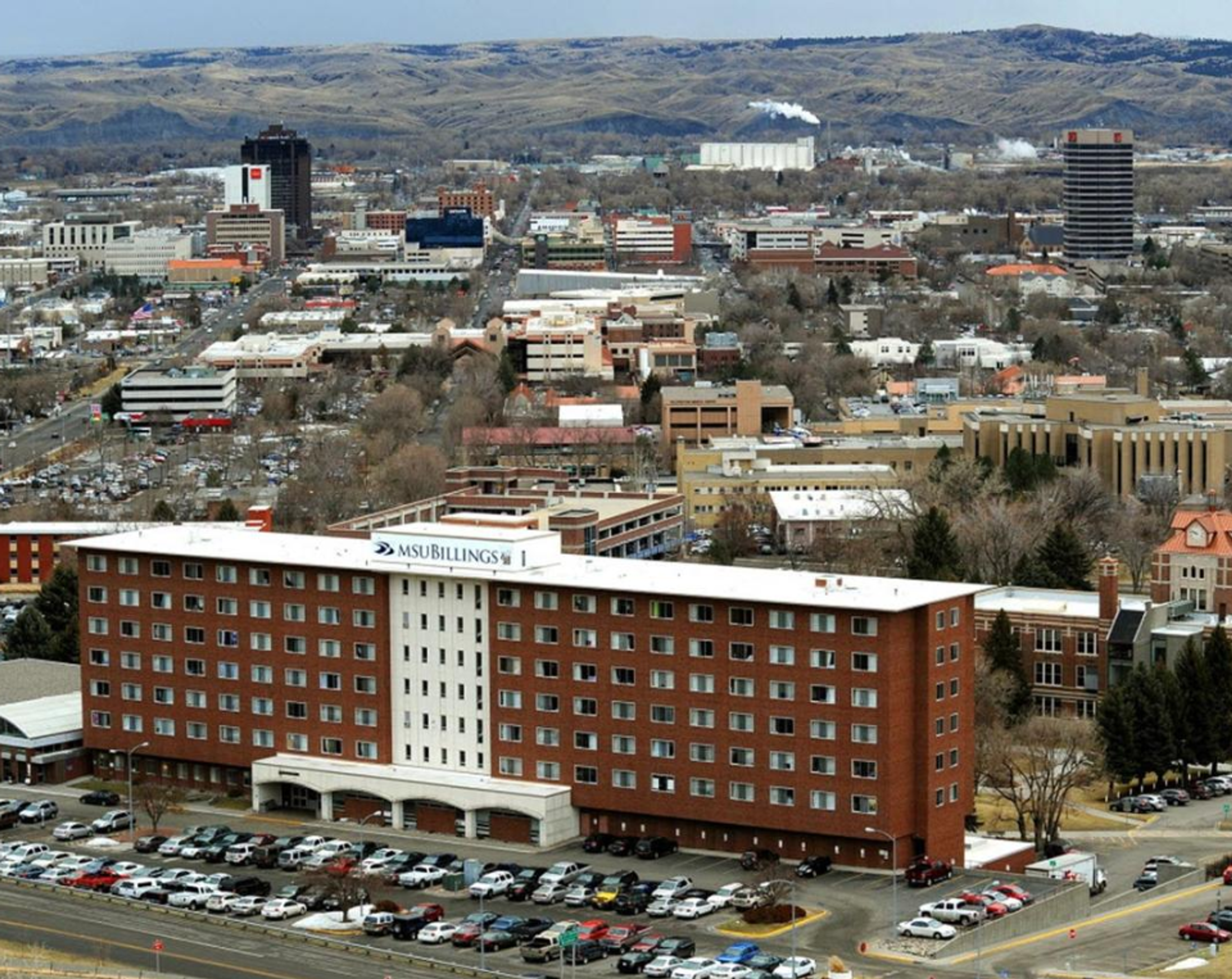
Location: Billings, Montana
| Acceptance Rate | 100% |
|---|---|
| Graduation rate | 29% |
| Average aid awarded | $5,394 |
| Tuition | (In-State) $14,000 per year, (Out-of-State) $24,000 per year |
Application Information:
- Application Deadline: Rolling
- Requirements: Undergraduate healthcare prerequisites, personal statement
Example Courses:
- Healthcare Systems and Policy
- Public Health and Community Medicine
- Clinical Research
- Community Health Projects
Montana State University Billings offers a robust health sciences program that provides students with the foundation needed to pursue careers in healthcare, whether through medical school or other health-related paths. The school emphasizes hands-on experience in clinical settings and a deep commitment to improving community health.
4. Montana Technological University (Montana Tech) Pre-Health Program
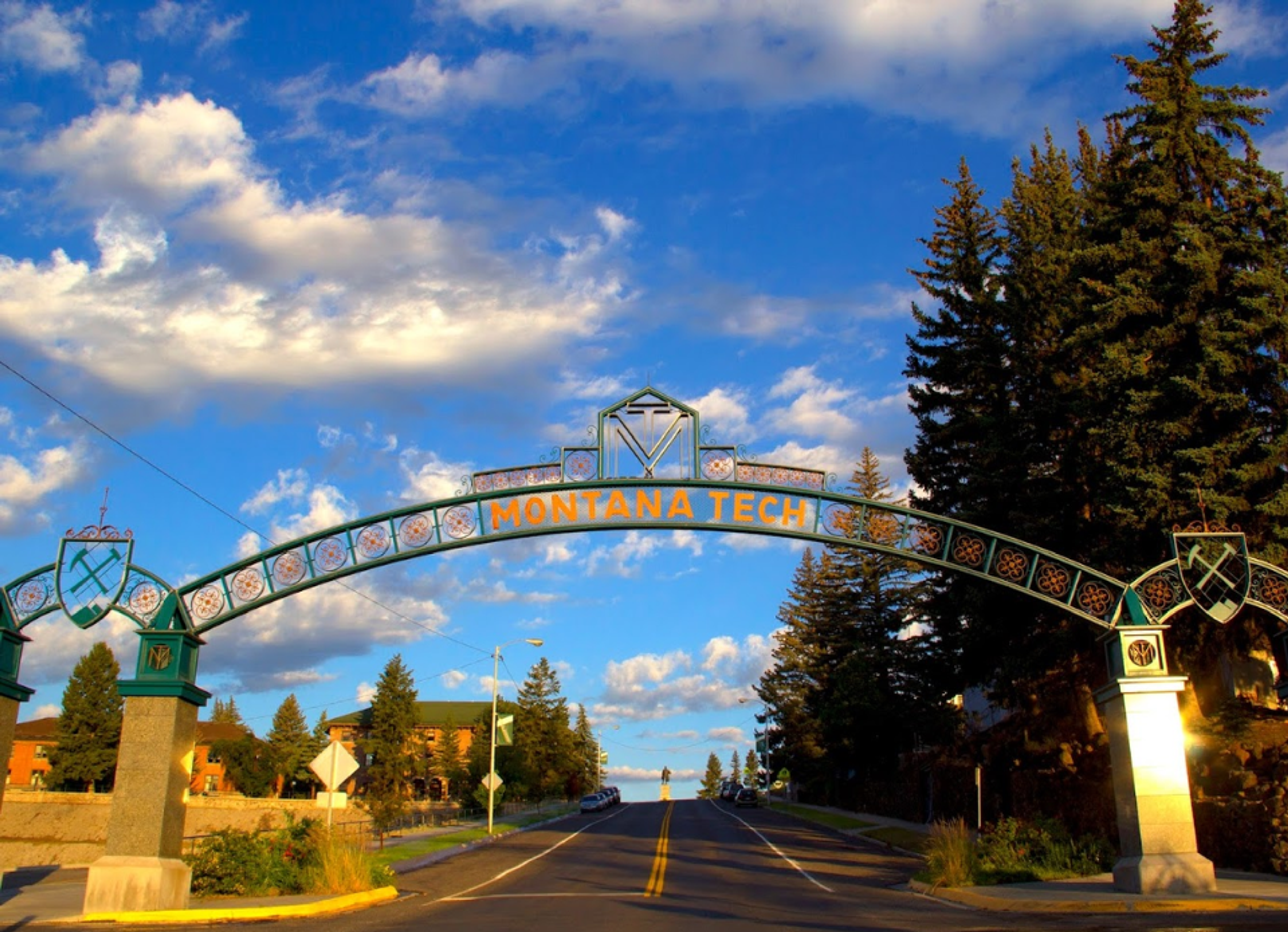
Location: Butte, Montana
| Acceptance Rate | 89% |
|---|---|
| Graduation rate | 57% |
| Average aid awarded | $5,917 |
| Tuition | (In-State) $11,500 per year, (Out-of-State) $22,000 per year |
Application Information:
- Application Deadline: Rolling
- Requirements: High school or undergraduate transcripts, letters of recommendation, personal statement
Example Courses:
- Organic Chemistry
- Human Anatomy & Physiology
- Pre-Medical Research Methods
- Healthcare Ethics
Montana Tech offers a solid pre-health program that prepares students for a range of healthcare careers, including medicine. The program offers strong scientific coursework in preparation for medical school and emphasizes clinical exposure and research. Montana Tech also stands out for its emphasis on hands-on learning, particularly in the context of Montana’s rural and remote areas.
5. University of Montana-Western Health Sciences Program
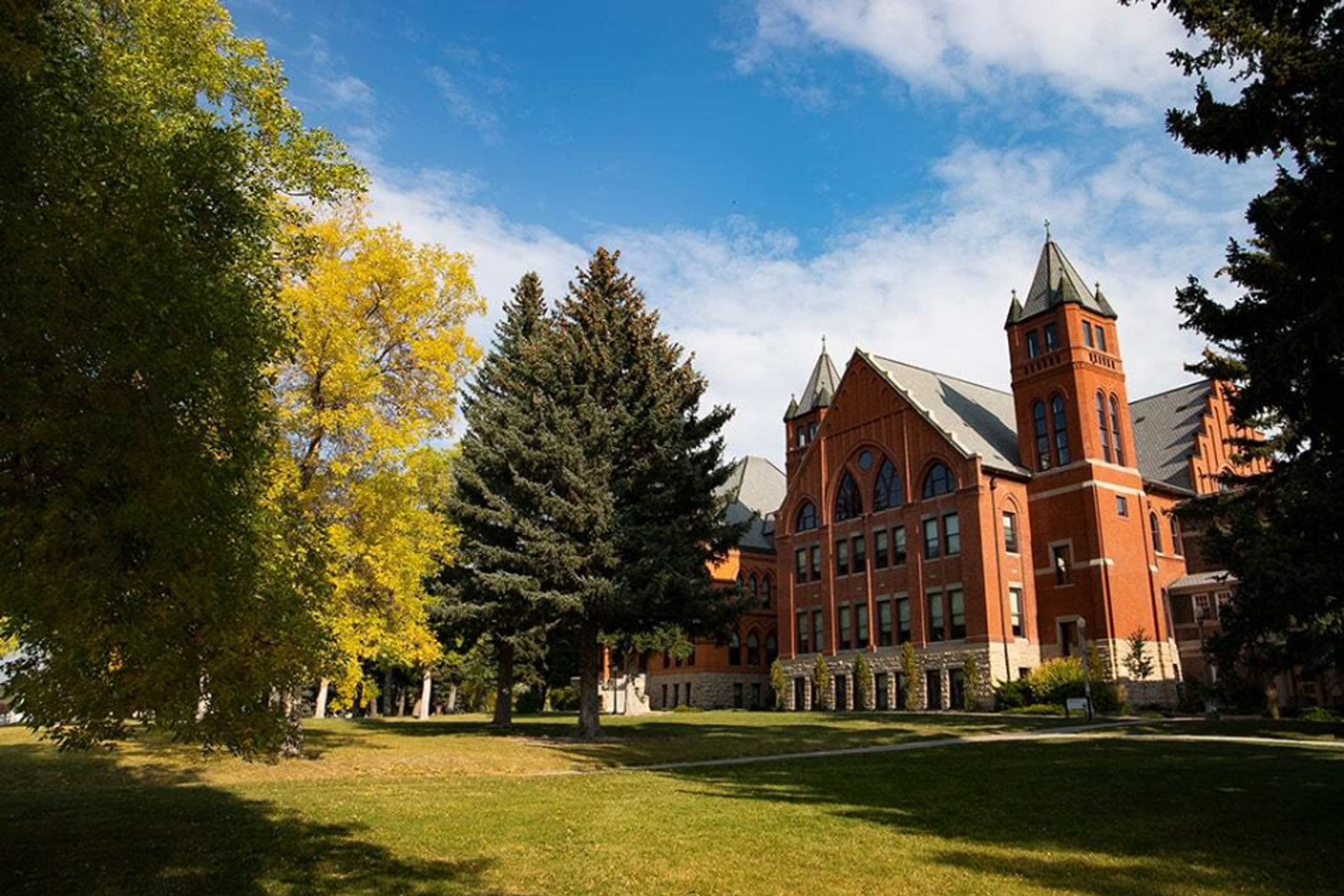
Location: Dillon, Montana
| Acceptance Rate | 36% |
|---|---|
| Graduation rate | 45% |
| Average aid awarded | $8,117 |
| Tuition | (In-State) $11,500 per year, (Out-of-State) $22,000 per year |
Application Information:
- Application Deadline: June 1
- Requirements: Undergraduate transcripts, recommendation letters, personal statement
Example Courses:
- Introduction to Public Health
- Healthcare in Rural Communities
- Human Biology and Health
The University of Montana-Western offers foundational education in health sciences that prepares students for various healthcare careers. Although the program is smaller in scope, it provides critical exposure to rural healthcare practices, making it an excellent option for students interested in serving underserved communities in Montana.
Other Top Montana Medical Schools
While the top 5 medical schools in Montana are highly regarded, several other institutions offer strong healthcare programs worth considering. These include:
- Carroll College Pre-Medical Program: Known for its strong foundation in the sciences and personalized advising, Carroll College helps students prepare for medical school with rigorous coursework and clinical exposure.
- Great Falls College MSU Health Sciences Programs: With a focus on practical training in healthcare settings, Great Falls College offers a variety of programs to students looking to pursue careers in health sciences, nursing, and medical assisting.
- University of Providence Health Sciences Department: The University of Providence offers comprehensive health sciences programs, including pre-medical and nursing tracks, preparing students for careers in healthcare and medical school.
Each of these schools offers unique strengths in health sciences, making it essential to research their curricula, faculty, and resources to find the best fit for your healthcare career goals.
The Bottom Line
Choosing the best medical school in Montana requires careful consideration of factors such as tuition, clinical experience, and program focus. Each of the top 5 schools listed above offers strong programs designed to prepare students for success in healthcare. Whether you are interested in primary care, nursing, or osteopathic medicine, Montana provides excellent opportunities to develop the knowledge and skills needed for a rewarding career in healthcare. By carefully evaluating the clinical rotations, class size, tuition, and post-graduation opportunities, you can choose a Montana medical school that aligns with your personal and professional goals. Let your school of medicine journey be shaped by your unique interests, and embark on a career that enhances community health and access to healthcare in Montana and beyond.
Work with a Medical School Admissions Coach
Choosing the right medical school and navigating the admissions process can be complex. A Medical School Admissions Coach can provide personalized guidance, helping you stand out in your application and making sure you’re well-prepared for every step along the way.
Related Articles
If you're interested in exploring more about medical education and career paths in Montana, here are some related articles that can provide further insights:
- Medical School Acceptance Rates, GPA, and MCAT Scores of the Top 15 Programs
- The Best 50+ Free Resources for the MCAT Exam
- How to Write a Powerful Personal Statement for Medical School
- What GPA Do You Need to Get Into Medical School?
- How Long is Medical School – A Year-by-Year Breakdown
- The Different Types of Medical Careers – and Which One is Right for You
FAQs
What are the prerequisites for applying to medical schools in Montana?
- Each medical school in Montana has specific prerequisites. For example, Rocky Vista University College of Osteopathic Medicine requires applicants to have completed courses in biology, general chemistry, organic chemistry, physics, English or literature, and biochemistry. Additionally, a bachelor's degree from a U.S. regionally accredited college or university is required.
What is the WWAMI Medical Education Program, and how does it work?
- The WWAMI (Washington, Wyoming, Alaska, Montana, Idaho) Medical Education Program is a collaboration between the University of Washington School of Medicine and participating states, including Montana. It allows Montana residents to complete the first 18 months of medical education at Montana State University and the remaining two and a half years at the University of Washington in Seattle.
What is the average tuition cost for medical schools in Montana?
- Tuition costs vary among medical schools in Montana. Rocky Vista University College of Osteopathic Medicine charges approximately $66,604, while Montana State University's WWAMI program charges around $68,360.
What is the acceptance rate for medical schools in Montana?
- Acceptance rates differ among institutions. For example, Rocky Vista University College of Osteopathic Medicine has an acceptance rate of 73%, while Montana State University's WWAMI program has an acceptance rate of 79%.
What are the research rankings of medical schools in Montana?
- As of 2024, the University of Washington School of Medicine, which oversees the WWAMI program, is ranked among the top medical schools for research. Specific rankings for Montana-based medical schools are not detailed in the provided sources.
Browse hundreds of expert coaches
Leland coaches have helped thousands of people achieve their goals. A dedicated mentor can make all the difference.










